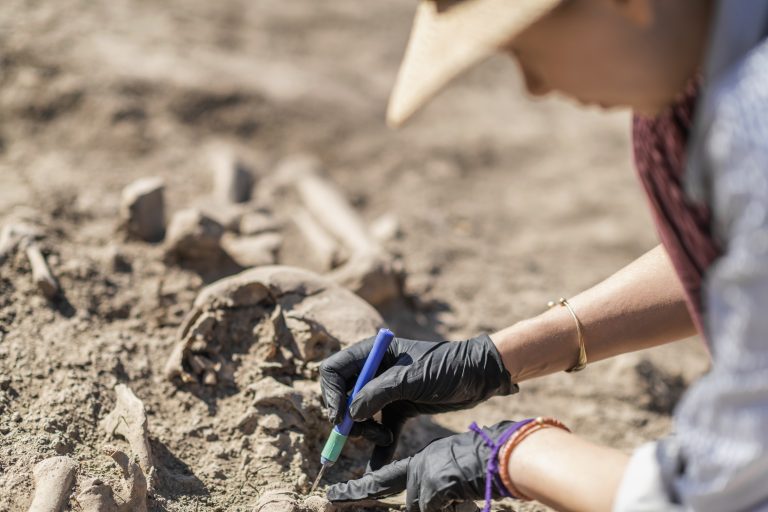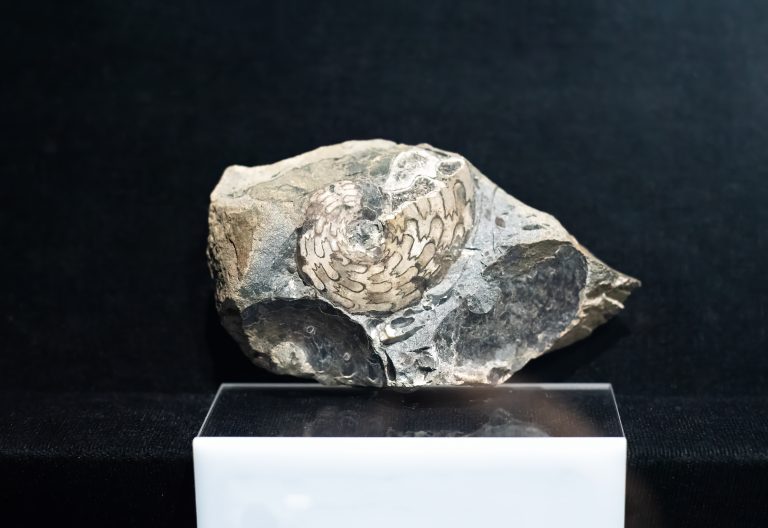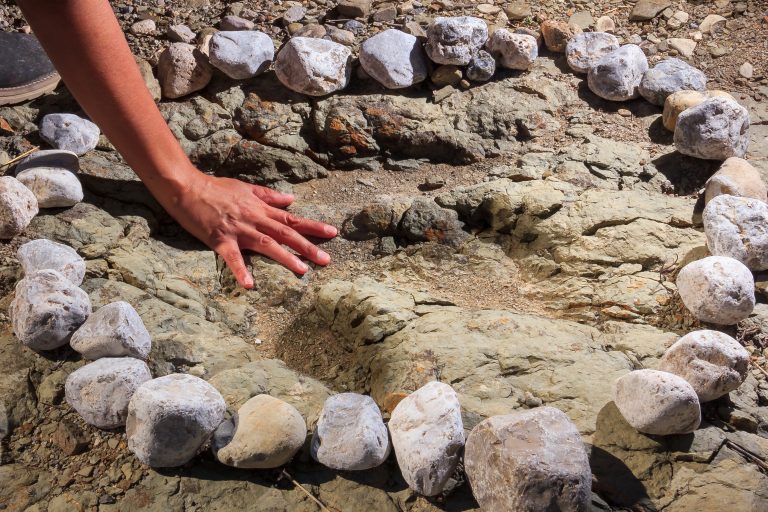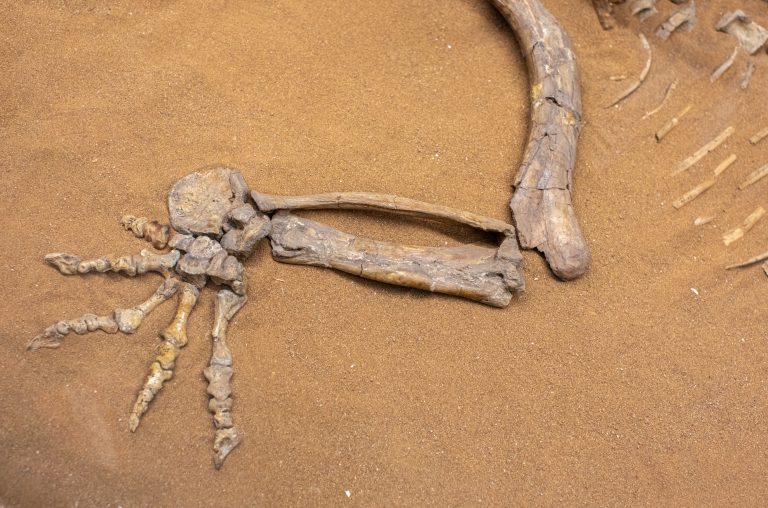10 Pro Tips to Uncover Beach Fossils Like a Pro

As someone who’s scoured coastlines for the remnants of ancient life, I can tell you that discovering beach fossils is like unlocking secrets from Earth’s deep past. It’s a thrilling hobby that combines science, history, and the great outdoors, but to do it right, you’ve got to be prepared.
1. Gear Up: Essential Fossil Tools
Before setting foot on the sand, make sure you’re properly equipped. A sturdy geologist’s hammer, chisel, and a pair of safety goggles are non-negotiable for chipping away at rock formations.
You’ll also want a good pair of gloves (to protect your hands from sharp edges) and a magnifying glass to examine potential finds. And don’t forget a backpack or a sturdy container to transport your treasures home safely. These items are amazing in turning a casual stroll into a serious fossil hunt.
2. Beachcombing Basics: When to Search
Timing is everything when beachcombing for fossils. The best time to search is after a storm when the waves have churned up the seabed and uncovered hidden treasures. Early morning or late afternoon light can cast shadows that help define shapes and textures, making it easier to spot fossils.
Hey hey! Don’t forget to subscribe to get our best content 🙂
Low tide, of course, exposes more of the beach and gives you a larger hunting ground. Be mindful of the tide tables (you don’t want to be caught off guard by rising waters).
3. Reading the Beach: Spotting Fossil Zones

Fossils are often found in specific zones where conditions are right for preservation. Look for areas with an abundance of sedimentary rocks, as these are typically where fossils are embedded.
Cliffs and rocky outcrops can be hotspots, especially if there’s evidence of recent erosion. Keep an eye out for unusual shapes or patterns in the stones—nature’s way of whispering, “Dig here!”
4. Digging In: Safe Excavation Techniques
Once you’ve spotted a potential fossil, it’s time to dig in—but with care. Use your chisel and hammer to gently work around the specimen, avoiding direct contact that could damage it. Think of it like performing delicate surgery on the rock.
If the fossil is encased in a hard matrix, consider taking the entire piece home to extract it safely. Patience is a virtue here; rushing could turn your priceless find into rubble.
5. Fossil Identification: What to Look For
Identifying fossils is part science, part art. Look for tell-tale signs like symmetrical patterns, consistent textures, or organic shapes—these can indicate the presence of a fossil.
Bivalves and gastropods often leave distinct shell imprints, while bones and teeth have a density and texture that stand out from the surrounding rock. It’s a puzzle that nature has left for you to solve.
In the video, Wondrium explains –
Wondrium
- Fossils are Widespread: Fossils are more common than people may realize, and their discovery can be an exciting outdoor activity.
- Charles Darwin’s Influence: Charles Darwin, initially a hunter and fisherman, developed a passion for biology and geology, emphasizing the pleasure of finding fossil bones that tell stories of former times.
- Accessible Hobby: Fossil collecting is a hobby that anyone can pursue, providing a great opportunity to enjoy nature and learn about geology.
- Historical Perspectives: Throughout history, people had various beliefs about fossils, associating them with legends and symbolic meanings like snake stones and star stones.
- Evolution of Understanding: Over time, scientific understanding evolved, recognizing fossils as evidence of past life, leading to contributions from pioneers like Nicolo Steno in modern stratigraphy.
- Legal Considerations: Fossil hunting involves legal aspects, requiring knowledge of land ownership, permissions, and potential permits to avoid legal issues, as illustrated by the complex case of Sue, the Tyrannosaurus rex.
- Ownership Issues: There are tensions in the scientific community regarding private fossil collections, with concerns about bypassing scientific analysis when fossils are sold privately.
- Legal Ownership of Fossils: In the U.S. legal system, rocks, minerals, and fossils are treated as owned or possessed by specific individuals or entities, emphasizing the importance of obtaining permission for fossil collecting.
- Tools and Techniques: Fossil collectors need proper tools, such as hammers, picks, and cameras, to excavate and document finds, with a reminder to respect outcrops and not damage fossils in the field.
- Finding Fossil Localities: Locating fossil sites may require research and collaboration with geological organizations, universities, or professional guides, ensuring a safe and legal fossil hunting experience.
6. Tides and Erosion: Timing Your Hunt
Understanding the rhythm of the tides is key to a successful fossil hunt. The receding tide often reveals fresh material, while erosion can naturally expose new layers of fossil-rich deposits.
Keep a tide chart handy and plan your outings around low tide. Also, after heavy rains or storms, be extra vigilant—these natural events can be your best allies in uncovering hidden fossils.
7. Preservation Tips: Caring for Finds
Once you’ve found a fossil, it’s important to preserve it. Wrap smaller finds in tissue paper or bubble wrap for transport. Once home, gently clean your fossils with water and a soft brush, resisting the urge to use harsh chemicals that could damage them.
If you stumble upon a significant find, consider contacting a local museum or university—they can often provide advice or assistance in preservation.
8. Local Laws: Know Before You Go
Fossil hunting comes with responsibility. Always be aware of local laws and regulations regarding fossil collection. Some areas may be protected, with collecting strictly prohibited, while others might require a permit.
The key is to respect the past and the environment—never remove fossils from protected sites, and always leave the beach as you found it.
9. Joining the Community: Fossil Networks

Fossil hunting is more fun and educational when shared. Joining a local fossil club or online community can provide valuable insights and camaraderie. Seasoned collectors can offer advice, and it’s a great way to learn about upcoming events or discover new locations.
Plus, there’s nothing quite like showing off your latest find to a group that shares your passion.
10. Beyond the Beach: Continuing Education
The quest for knowledge doesn’t end at the beach. Consider enrolling in a paleontology class or attending a lecture to deepen your understanding of fossils and Earth’s history. Museums often have workshops and exhibits that can enhance your skills. And remember, every fossil tells a story—you just have to be willing to listen.
The thrill of unearthing a relic from the past is unmatched. With these pro tips, you’re well on your way to becoming a fossil-finding aficionado, turning each beach visit into a potential journey through time. Happy hunting!




